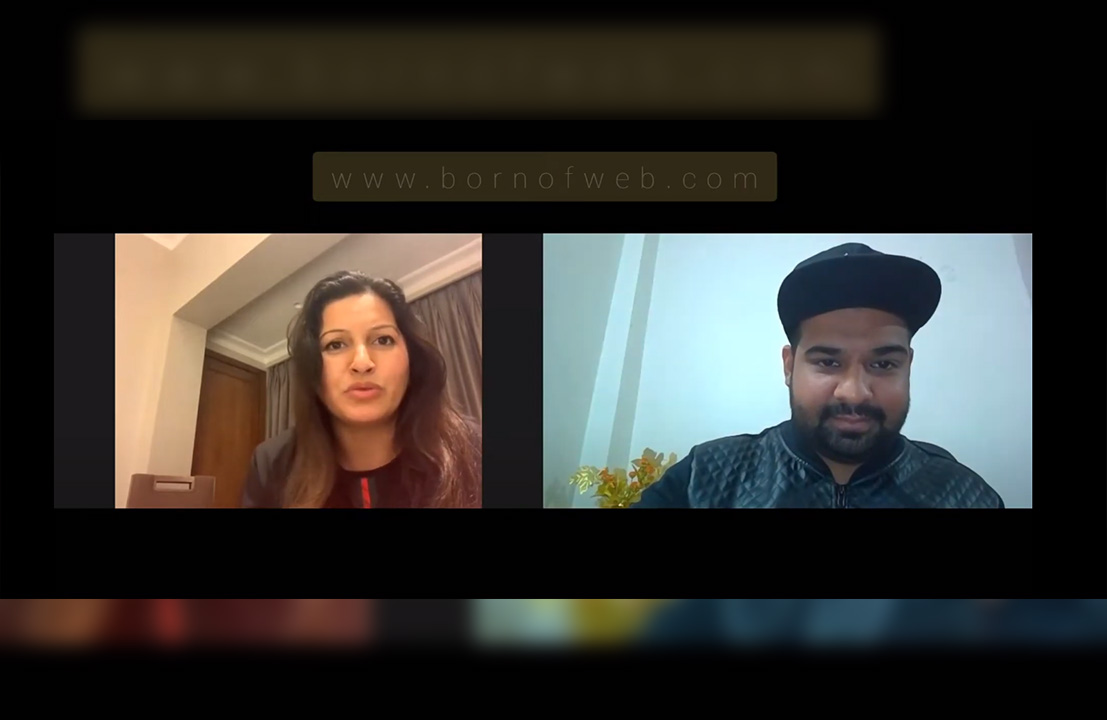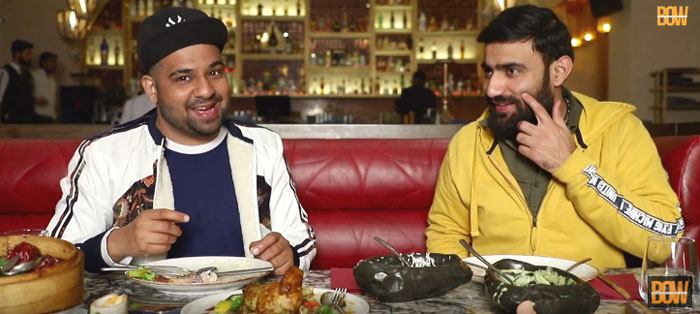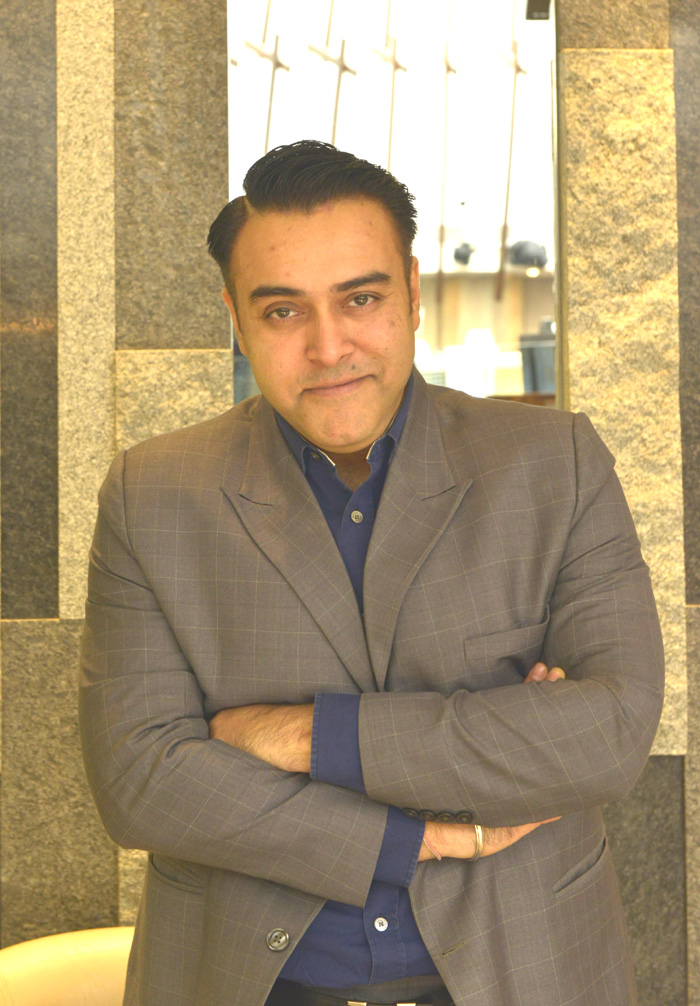
Beaten nearly to death no less than 12 times while rescuing lost children, shunning his upper caste Brahmin surname, palatial home, parents and relatives to live an ordinary life akin to untouchables and labourers, and fighting at local to international levels for the cause of deprived children – that’s KAILASH SATYARTHI for you; India’s Nobel Laureate. The coveted award conferred upon him in 2014, also marked first Nobel Peace Prize for the cause of child trafficking and slavery since its inception in 1895.
By RANA SIDDIQUI ZAMAN

Company of children they say, keeps you innocent, playful and compassionate, so is Satyarthi. At 64, he laughs like a child, sings on your demand, invites you home and offers to cook for you, but, keeps a condition, quite innocently, “You will have to praise my culinary skills… The other side of this ‘Leader of India’, is quite warm.
“The life story of Satyarthi, a native of Vidhisha, a town in Madhya Pradesh, is quite filmy. It’s an example of conviction and compassion, bravery and bond, love and loyalty. It began with endorsing the cause of equal rights for all humans, especially the manual scavengers and “shudras”, which later changed its course to the cause of child trafficking, slavery, sexual abuse, protection, education and health care. Deeply impressed by Mahatma Gandhi and his views on untouchability and witnessing scores of politicians endorsing him, he romanticised the idea of having a bond with the manual scavengers and shudras at the age of 15, some 40 years back.
So with a group of idealistic friends, he collected some funds and requested the ladies from the low caste community to cook food for leaders endorsing Gandhiji’s call. “I invited all political leaders from across the parties to have dinner cooked by the ladies of low caste to set an example. They all agreed.”
Recalls the author of three books on children’s rights, “The time given to all was 7 p.m. But till 10, no one turned up. Some excused themselves saying they had stomachache, some said they were going out of station. At 10 pm, I took my plate and started eating khichdi they made. But I was so grief-stricken that I started crying aloud. A warm touch from by an elderly lady of the community consoled me, “My son, you did your job…”
As the boy Kailash reached home around midnight, he saw scores of Brahmins, priests and relatives narrating his parents “the sin” he had committed. “I was commanded to go to Ganga immediately, take bath, purify my body and then purify my soul by washing feet of the Brahmins and drink that water from their feet! Else, I would be extricated from the Brahmin Samaj and would not be able to mix with my own family! I was pushed into the outhouse of my palatial home, crying vigorously my mother slipped an earthen plate in the room in which I would be served food henceforth.” He was immediately stripped off his Brahmin surname `Sharma’.
Few days later, Kailash Sharma decided to leave the surname and home forever. It took him few years to remove the surname as it appeared in all his legal documents including birth and school certificate.
Since then, the Nobel Laureate has been trying to “find good friends in the Parliament” for his cause. If largely, the government has given less audience to him, some “good people joined hands” too. India did not have the Constitutional Right to Education; he fought for it and education became fundamental right for the children. Before 1986, there was no law on child labour. He fought and won this battle too. India for the first time also ratified to International Convention on Child Labour, not long back, thanks to his constant efforts.
Our Nobel Laureate also made pakodas and sold on intersections and melas during his youth, but, to feed the deprived children he used to teach and work for. During fairs and month of Ramadhan/Muharram, he would make and sell tea and pakodas the whole night. Since people knew he was doing so for a cause, they would buy from him wholeheartedly.
He is fearlessly factual when says, “Children are not a political priority for our government because they do not form vote bank. The potential youth which is below 18 years of age, forms 40 per cent of India’s population, and the government spends only 3.5 per cent of GDP on their education, health care and protection combined! I have always impressed upon the officials, “Tomorrow these children will be your vote bank. If you invest only on one generation properly, it will take care of the rest of the future generations.”
So, has the Nobel Prize changed things at all?
“Yes to an extent that now I can meet global leaders, political agencies and discuss issues related to child trafficking. For instance, I was pushing a demand campaign on the inclusion of children’s sustainable development on the global agenda for some time. Soon after the Nobel Prize was announced, the issue got highlighted. I did not miss this opportunity and met United Nation’s Secretary General, other UN agencies, key global development leaders, and governmental agencies pushing my demand.”
Since then, Satyarthi has received over 40,000 invitations from approximately 80 countries. “I don’t even have a proper office to segregate them to see how many of them I can attend. If even hypothetically I was to attend all these events, it would take 160 years”, he laughs. The flipside of Nobel Prize came with a shock. He lost many old donors who thought he is being showered with money after the award. So, “my struggle for funds continues. I meet governmental agencies, we talk good but nothing happens,” he rues.

However, amidst all that, Satyarthi has set up Global March Against Child Labour which is now active across 140 countries with 20,000 close global partners, apart from two more foundations he has started to help children. “We work in the remotest parts of Africa and Latin America where even their own governmental agencies have not yet reached.” Late last year, under the aegis of Bachpan Bachao Andolan (BBA), his mother organisation in India, he finished his month-long Bharat Yatra “Safe Childhood, Safe India”, against child trafficking and sexual abuse from Kanyakumari to Delhi covering 11,000 kilometers across 22 states. This was his second Bharat Yatra, the first being in 2001 having the same route for “Shiksha for All”.
With accolades, came brickbats too. The accusations of fudging figures on rescued children, to having no practical solution for rescued child labourers’ starving families, still keep on doing rounds. Sathyarthi is harsh on it, “We have to demolish the myth that poverty causes child employment. There are three major evils in our society; poverty, illiteracy and child labour. Across the globe, 152 million children are bonded labourers and 210 million adults are jobless. If so many adults are jobless, why children are given jobs?”
According to the Government of India statistics, 42 lakh children are child labourers in the country but unofficially the figure goes up to 3 crore. Some studies have shown that most of the jobless adults are the very parents of these kids. Children are employed because they cannot form unions, can be made to work for long hours with less or no money or just food. So, with intervention, these kids are not given jobs, their parents have to be employed for a bare minimum wage. If parents are employed, the children would be able to study. Thus, this vicious circle would be broken, is the tough solution he offers.
Forever hopeful that his mission will be accomplished, he hums this apt couplet
वतन की रेत मुझे एड़ियां रगड़ने दे,
मुझे यक़ीन हैं पानी यहीं से निकलेगा !
(Oh the sand of my beloved country; let me dig through my wounded heels
I am sure of deep waters within you)
(The interview is a part of BornofWeb.com’s exclusive interview series, Leaders of India. Click here to know more about the series)
Lack inspiration in life? Read following tales of iconic visionaries, presented by BornofWeb!
KALKI KOECHLIN: I have always had to explain myself how I could be so ‘foreign’ in my skin colour
NAYANIKA CHATTERJEE: Dark is not ugly
RITU BERI: My desire is to open Indian doors to luxury brands from various countries: Ritu Beri
SHOVANA NARAYAN: My life is influenced by lessons of Gita
NAMITA GOKHALE: Would love to retell story of Radha from Indian mythology
VIDHI SINGHANIA: Want to see a better future for weavers
YouTube: https://www.youtube.com/c/BornOfWeb
Facebook: https://www.facebook.com/bornofwebIndia/
Instagram: https://www.instagram.com/born_of_web/
Twitter: https://twitter.com/BornOfWeb
Google Plus: https://plus.google.com/u/1/+BornOfWeb
Pinterest: https://in.pinterest.com/bornofweb/
Linkedin: https://www.linkedin.com/in/bornofweb/










